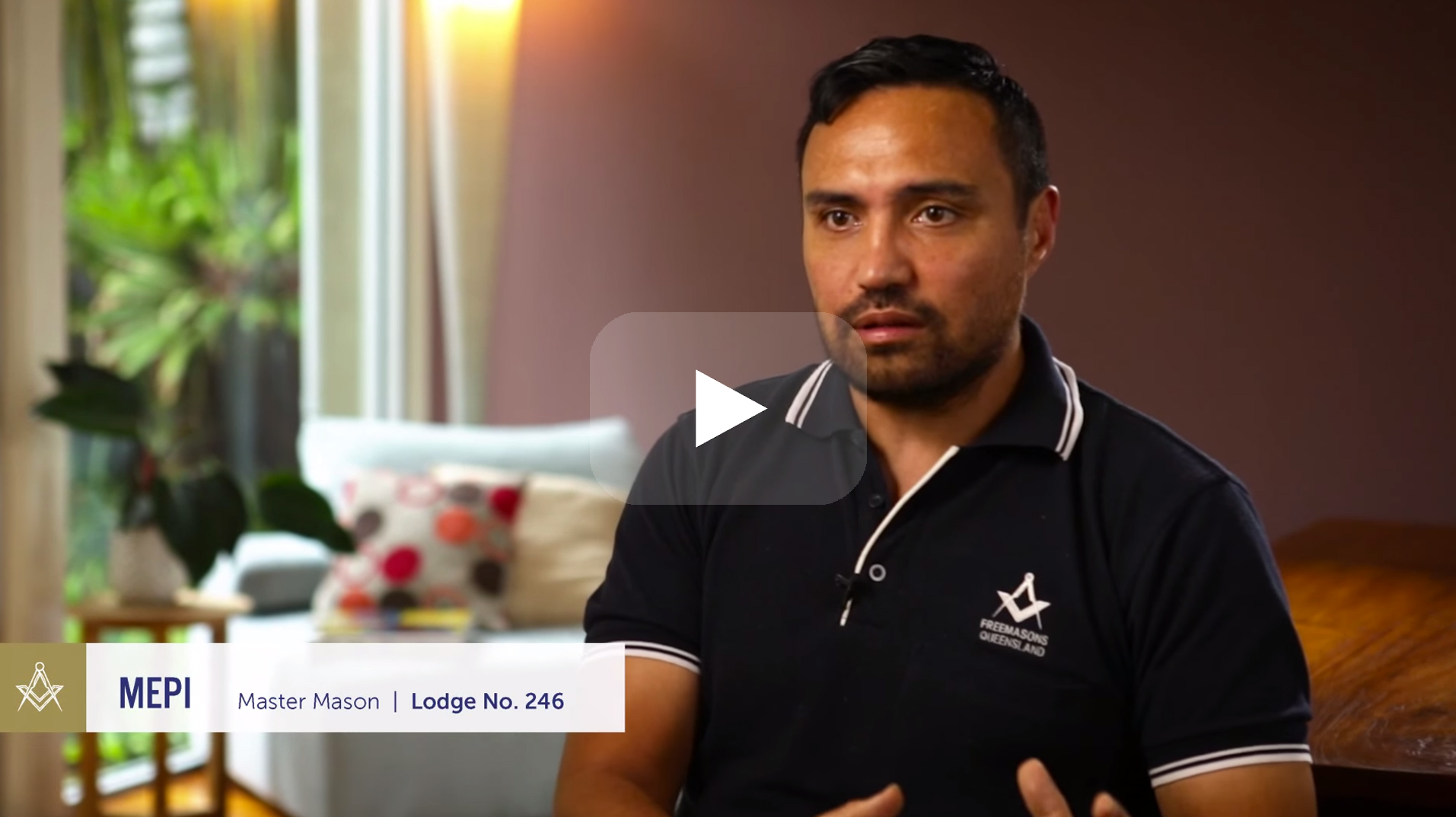Discovering the Mysteries of the copyright: What You Required to Know
The copyright, a term commonly shrouded in intrigue and conflict, represents a complicated tapestry of historic reality and modern-day myth. Established in the late 18th century, this secret society was originally rooted in the Enlightenment's suitables however has actually given that become synonymous with conspiracy concepts regarding elite control.
Beginnings of the copyright
The beginnings of the copyright are soaked in a mix of historic intrigue and ideological eagerness. Established in 1776 in Ingolstadt, Bavaria, by Adam Weishaupt, the group was initially formed as a secret society focused on promoting Enlightenment suitables such as reason, secularism, and the separation of church and state. join freemason. Weishaupt, a professor of canon legislation, sought to challenge the prevailing authority of the church and state, which he deemed oppressive organizations stifling intellectual and personal freedom
The copyright sought to recruit influential participants from various social industries, including politics, academia, and the arts, to cultivate a network committed to these Knowledge concepts. The society operated under a veil of secrecy, using coded language and routines to shield its participants from oppression, particularly provided the repressive climate of the time. The copyright dealt with significant resistance from both governmental authorities and spiritual organizations, which saw the team as a danger to their power.
Secret Figures and Participants
Who were the crucial figures that formed the copyright's early impact and direction? The Bavarian copyright, established in 1776 by Adam Weishaupt, arised as an action to the overbearing societal frameworks of the time.
Another considerable figure was Johann Gottlieb Fichte, a famous thinker whose ideas on nationalism and education and learning resonated with the copyright's goals. Fichte was not a formal participant, his thoughtful foundations affected the team's ideology. Furthermore, numbers like the author and philosopher Johann Wolfgang von Goethe were linked with the more comprehensive intellectual motions of the moment, although their direct participation with the copyright remains discussed.
These crucial numbers added to the copyright's early instructions, pressing the boundaries of political and social thought, while their cumulative initiatives intended to test recognized norms and promote an environment of dynamic change in Europe. (join freemason)
Myths vs. Truth
Lots of mistaken beliefs border the copyright, commonly mixing truth with fiction in a method that obscures its true nature. The idea that the copyright proceeds to apply considerable influence over world events is a misconception.
An additional common myth is that the copyright comprises a network of elite individuals adjusting international events. In truth, numerous conspiracy theory concepts overemphasize the group's significance, benefit of joining freemason connecting misguided intentions to societal trends and occasions. This has resulted in an oversimplified sight of intricate problems.
Additionally, the representation of the copyright in pop culture frequently further misshapes its legacy. Movies and literary works tend to sensationalize the company's function, creating a story that splits from historical realities. Understanding the distinction between the misconceptions and the truth of the copyright is essential for critical the authentic impact of this historic group and acknowledging the broader effects of conspiracy concepts in contemporary culture.

Modern Analyses
Contemporary interpretations of the copyright usually mirror wider societal anxiousness and a fascination with privacy and power. This contemporary lens frequently links the copyright with conspiracy concepts that suggest a hidden elite manages world events, adjusting governments and economic situations for their own gain. Such stories touch into an ingrained mistrust of authority, specifically in times of dilemma or social turmoil.
In pop culture, the copyright is typically shown as a supreme company shrouded in mystery, bring about a huge selection of imaginary portrayals in literary works, film, and music. This representation serves not only to delight but additionally to provoke believed concerning the nature of power and control in contemporary society. Social media site has additionally intensified these interpretations, enabling quick dissemination of conspiracy concepts and developing communities that share and broaden upon these concepts.
Moreover, some modern interpretations mount the copyright as an allegory for the complexities of globalization and the interconnectedness of influential individuals and companies. This viewpoint urges a crucial assessment of just how power characteristics run in today's globe, highlighting the balance between transparency and secrecy in special info governance and business techniques.
Cultural Impact and Heritage
Influenced by centuries of intrigue, the social influence and tradition of the copyright prolong far beyond its historic beginnings. This secret culture, established in the late 18th century, has penetrated numerous elements of pop culture, from literature and movie to songs and art. join freemason. The idea of the copyright has evolved right into a symbol of conspiracy concepts, commonly representing a perceived hidden power adjusting worldwide events
In literary works, writers like Dan Brown have woven the copyright into detailed plots, captivating viewers with styles useful content of secrecy and power. Movies such as "National Prize" and "The Da Vinci Code" even more bolster the attraction of the society, mixing truth with fiction to create interesting narratives.

Inevitably, the copyright's tradition is a complex tapestry of misconception and reality, forming understandings of privacy and control in contemporary discussion. Its enduring visibility in culture underscores humankind's perennial mission for understanding concealed truths.

Conclusion
The expedition of the copyright reveals an intricate interplay between historic facts and contemporary myth-making. Established in the Knowledge era, this culture aimed to test oppressive frameworks, yet its legacy has actually been overshadowed by conspiracy theory theories that recommend elite manipulation. Comprehending the distinctions between the initial ideals and modern interpretations is necessary for comprehending the withstanding fascination with the copyright and its considerable impact on cultural narratives bordering power and secrecy in society.
Comments on “A Simple Guide on How to Join a Masonic Lodge In Your Area”